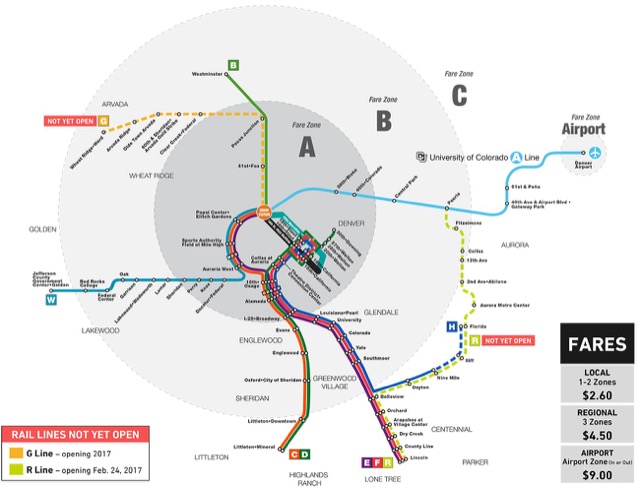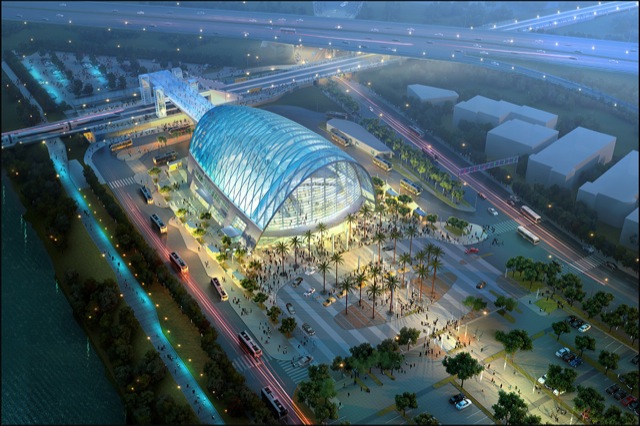Since it opened a little more than a year ago, Denver’s airport rail lines, known as the A Line, has had a serious safety problem: the crossing gates aren’t reliable. Now Denver’s Regional Transit District (RTD) claims it has solved the problem, which is transit-speak for they haven’t solved the problem; they’ve just given up.
According to Denver Transit Partners, the private consortium that built and operates the line, “the problem with the crossing technology is impossible to fix.” Instead of fixing it, they’ve gotten a waiver from the Federal Railroad Administration to allow them to run the trains anyway–provided they have human flaggers at every crossing, which costs about $6 million a year.
Supposedly the crossing gate system is incompatible with the positive train control that the federal government also requires. The Antiplanner doesn’t claim to be an expert on railroad signal technology, but the basic principles behind positive train control were developed more than 100 years ago by Frank Sprague, the electrical genius who also developed the first workable electric streetcar, the first electric rapid transit system, and the first high-speed electric elevators. Continue reading









